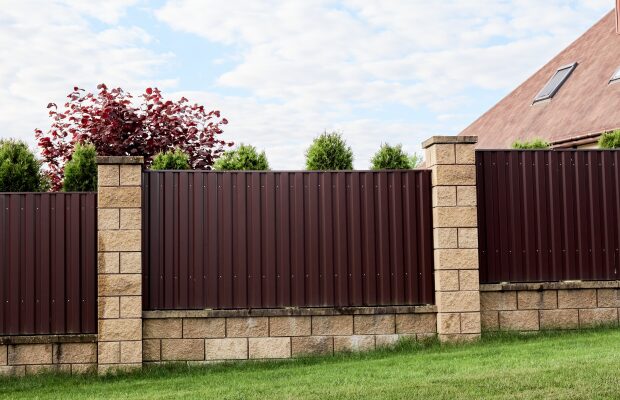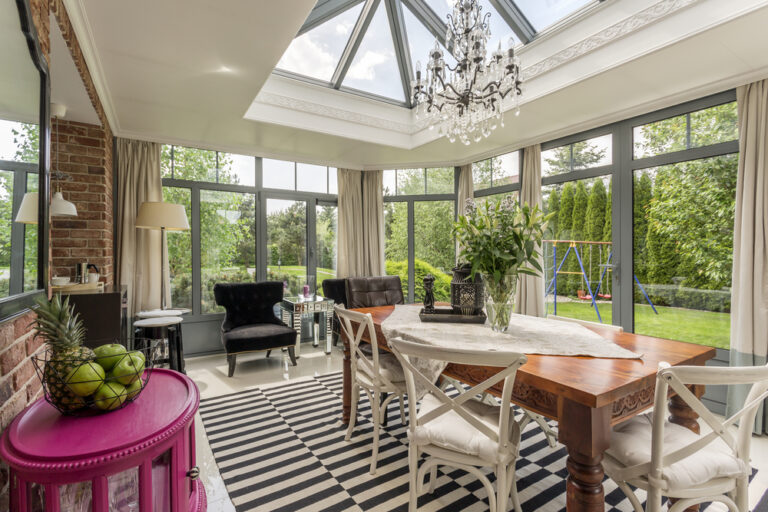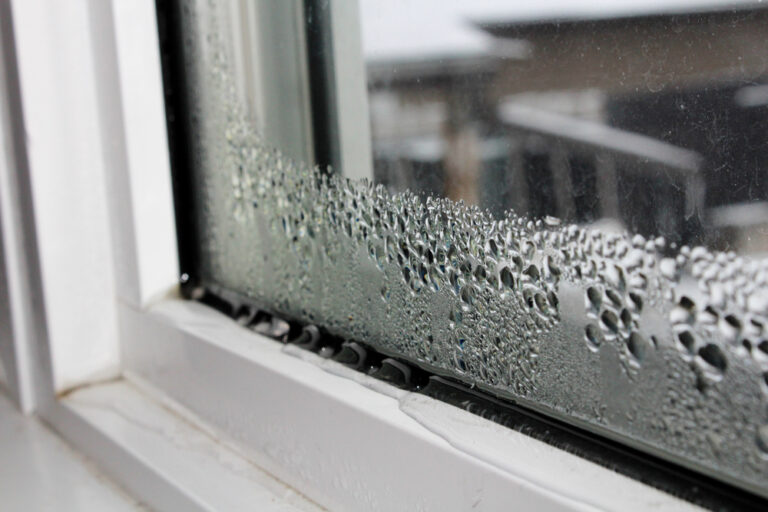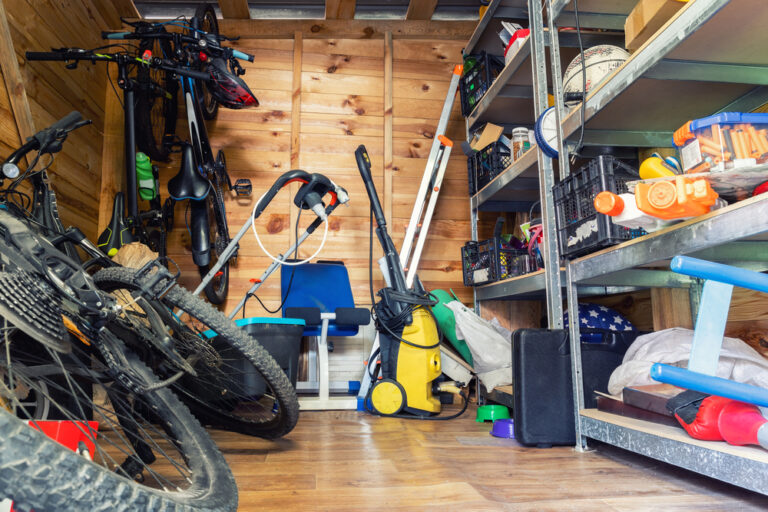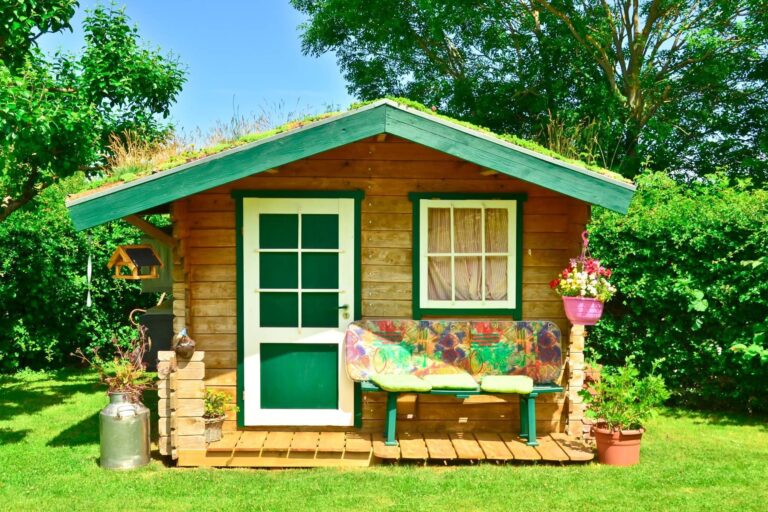As the weather turns colder, one major problem landlords, tenants and homeowners often have to deal with is condensation.
But what is condensation and how can you prevent it? We’ve got all the answers here…
What is condensation?
Condensation is the liquid produced when warm air hits a cold surface.
It’s a common problem in properties during the winter months when central heating systems produce more warm air and internal surfaces like windows and walls are colder.
What causes condensation?
Condensation occurs when warm air and cold surfaces collide, so it can be caused in the winter months by:
- Higher humidity in your home due to central heating
- Poor ventilation during cooking or showering
- Drying clothes indoors
- Even your warm breath while you’re sleeping at night!
Can condensation cause mould?
Not dealing with condensation problems in your home can lead to mould growth on walls, ceilings and around windows.
Mould is hugely unsightly and difficult to remove, so dealing with condensation before mould growth takes hold is key.
Can condensation cause health problems?
While condensation doesn’t usually cause health problems directly, mould growth and damp linked to condensation can.
Common health issues associated with mould and damp include:
- Nasal congestion
- Wheezing
- Tight chest
- Cough
- Asthma
- Depression
How do you treat condensation?
If you have a condensation problem in your property, you need to deal with it quickly to stop the threat of mould build-up.
To remove condensation from windows, use a squeegee or a window vacuum to remove water droplets and a towel to remove moisture from walls or ceilings.
If your home is really damp, use a dehumidifier to dry everything out.
With condensation, prevention is always better than cure, however…
How to prevent condensation
There are several things you can do to help prevent condensation in your property, particularly through the winter months but also at other times of year.
Better ventilation
Allowing warm air to leave your property can really help reduce condensation.
This can be as simple as opening windows or leaving them on a locked latch for a period of time.
Other more permanent steps you can take to help reduce condensation include:
- Building air bricks into external walls
- Fitting roof ventilation tiles or ventilation soffits
- Fitting windows with trickle vents
Opening windows or using trickle vents can mean some heat is lost from you home, so you should consider this when deciding on the best course of action to deal with condensation.
Consistent heating and insulation
Condensation is often exacerbated by rises and drops in room temperature, as water can condense and evaporate depending on whether or not your central heating is on or off.
If you have a condensation issue, it may be better for you to leave your central heating on a constant low setting rather than having it on or off and creating those big swings in room temperature.
Cold walls, like windows, can be a spot where condensation takes hold, too, so adequate wall insulation can help warm up those areas and reduce the chance of moisture.
How to stop condensation on windows
While condensation on walls can be reduced through consistent room temperature and solid insulation, droplets on windows are harder to control.
That’s because windows get cold when the temperature drops outside.
While double glazing can mean the inside pane of glass doesn’t get as cold as it would in a single-glazed window, double-glazing isn’t a fail-safe solution.
To help reduce condensation on the inside of windows, try to:
- Increase ventilation in your property by opening windows or trickle vents
- Use an extractor fan, or open windows, when cooking or showering
- Close bathroom and kitchen doors when cooking or #bathing so hot air doesn’t escape to the rest of your property
- Avoid drying clothes inside or on radiators
- Use a dehumidifier regularly to lower the humidity level in your property
How to fix condensation between double glazing
If you have a condensation issue between the two panes of glass in your double glazing, it’s likely the unit has failed.
A part of the seal around the window is almost certainly letting moisture in between the panes and while this may be able to be re-sealed, older glazing units may have to be replaced completely to solve the problem.
Condensation advice for landlords
Condensation, mould and damp can often be more of an issue in rental properties.
As a landlord, you have an obligation to fix any issues with your rental property’s structure that could cause condensation, mould or damp.
That could include:
- Leaking pipes
- A broken heating system
- Missing roof tiles or blocked guttering that causes rising damp
- Cracks to walls or window frames
However, tenants, too, have a responsibility to properly ventilate and heat their rental properties to help reduce condensation and avoid mould build-up.
As a landlord, you should advise your tenants on adequate ventilation, including opening windows and using extractor fans when bathing or cooking.
You should also provide advice on central heating, including showing your tenants how to use the system properly.
Further reading…
In the winter, it’s important to take additional steps to protect your home from cold, wet and windy weather.
Take a look at our guide to property protection during winter, which is packed full of hints and tips.

